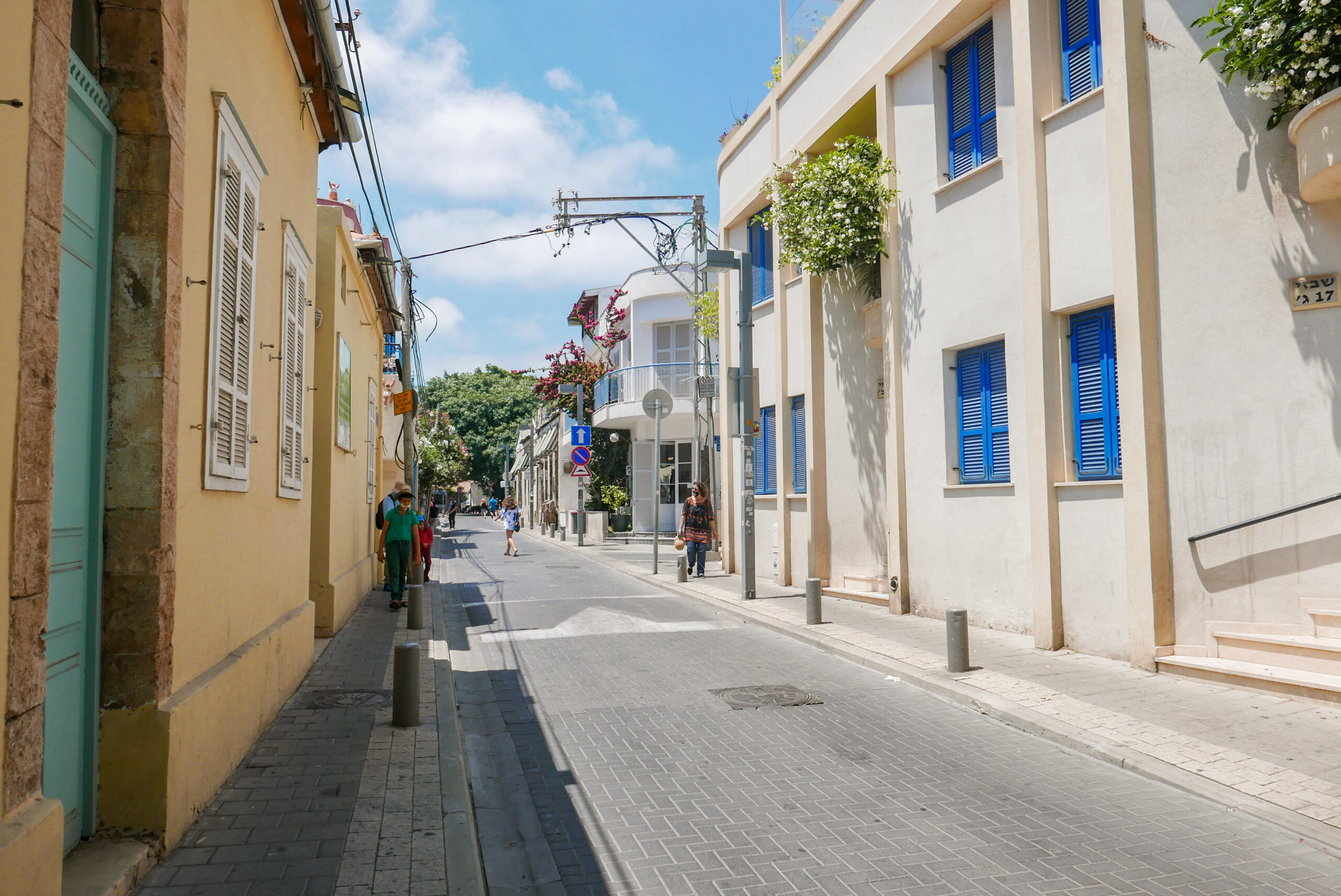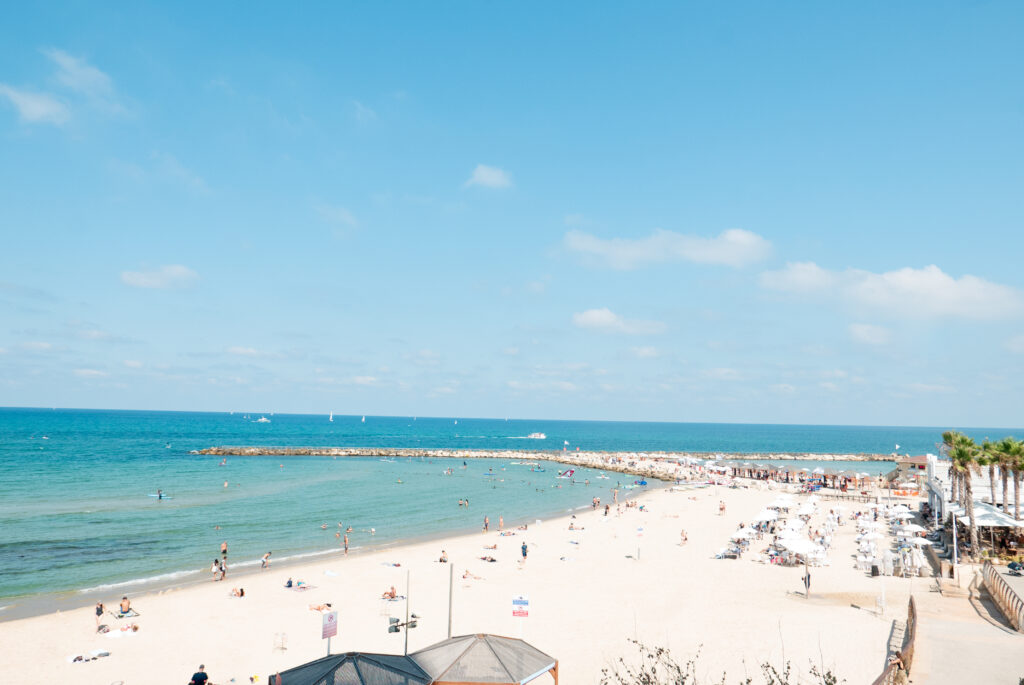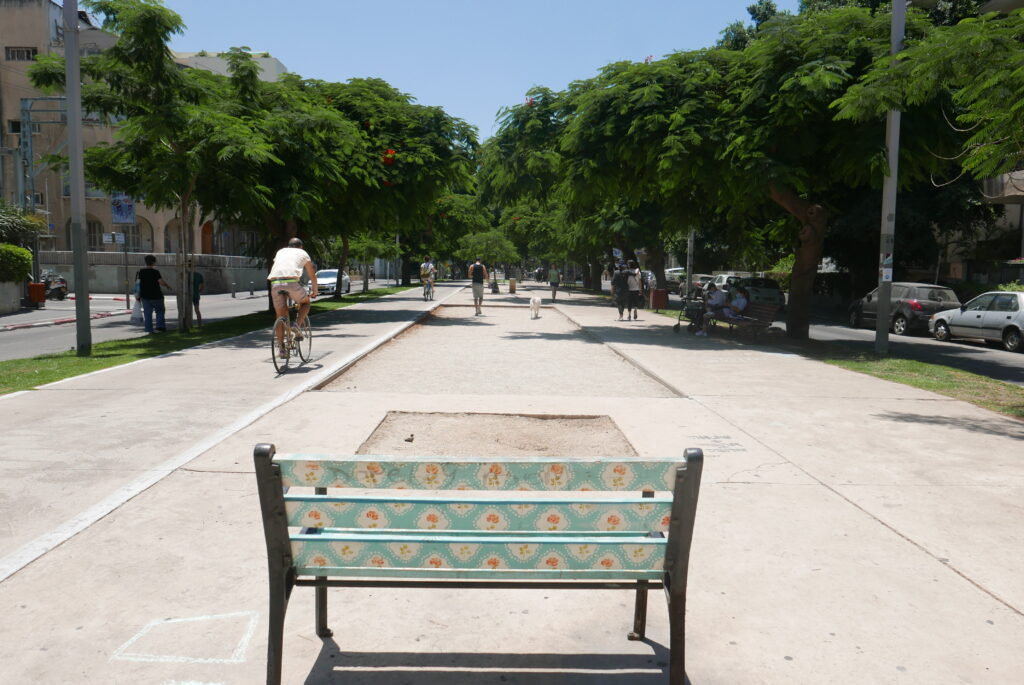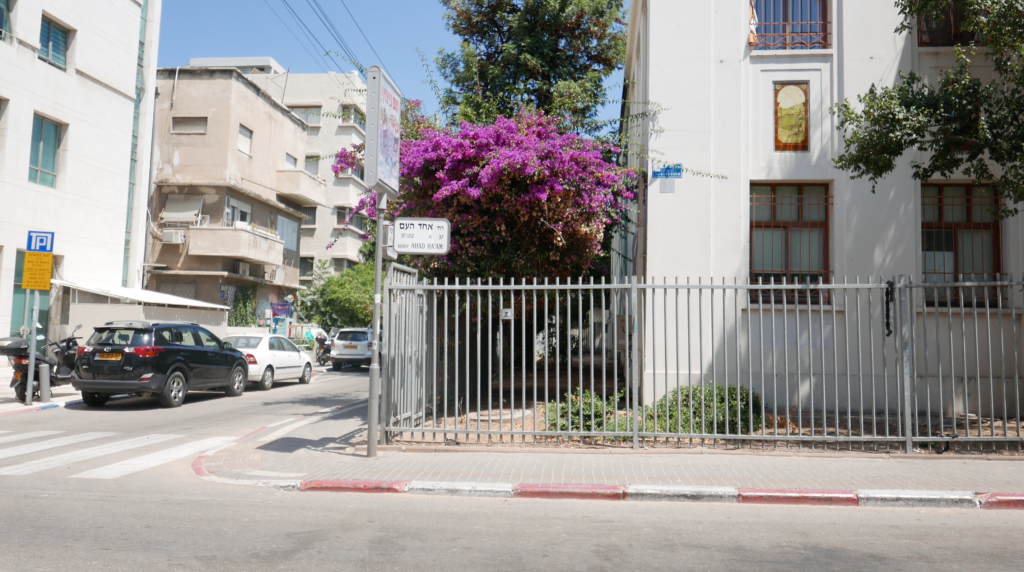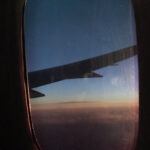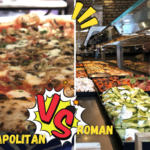Right along the Mediterranean Sea coast, there’s a small enclave bursting with color, with ecstatic flair, heavily air-conditioned art galleries and shaded cafes. Neve Tzedek: Abode of Justice. Today, the neighborhood is one of the choicest plots of real estate, a patch of swanky homes and apartments that feel part of Tel Aviv–squat, beige structure–yet with a dash of European upper crust.
It wasn’t always this way. Neve Tzedek was established in 1887, over two decades prior to Tel Aviv’s founding, and was the first Jewish settlement in the blossoming city. Mizrahi Jews–immigrants from the Middle East and North Africa–along with Yemenite Jews built up the area, transforming a backwater overshadowed by the ancient port of Jaffa into an artsy hideaway.
Avia and I had been here once before, to sample the mythical pastries at a neighborhood institution: Cafe Dallal. This time around, however, we walked the 3 kilometers or so south from the city center simply to peruse the winding, narrow lanes, and to explore this seaside city’s cornerstone.
Neve Tzedek feels completely different from the surrounding environs. It’s quiet streets are dominated by pedestrians. It’s sleek, shimmering storefronts look new, a far cry from the crumbling charm of the adjacent neighborhoods. First stop: Epicurie Fine, a cramped, French specialty market selling cheeses, breads, pastries, wines, and a panoply of other French delights. I chose a small phyllo-dough bureka affair and settled on a bench to nibble away, and then we were off again, to gaze through the art gallery windows, bookstores, and jewelry store fronts that line the main drag: Shabazi.
Before finding a lunch spot, we camped out near a squat beige building that immediately catches the eye. Why? It is being overrun by tiny people. Some are climbing, grasping for ledges. Others are relaxing on tiny benches on the roof, a few are poking out of the window plants. The building is adorned with a crowd of small human statues, some affixed to the walls, while others are visible from the inside. We continued.
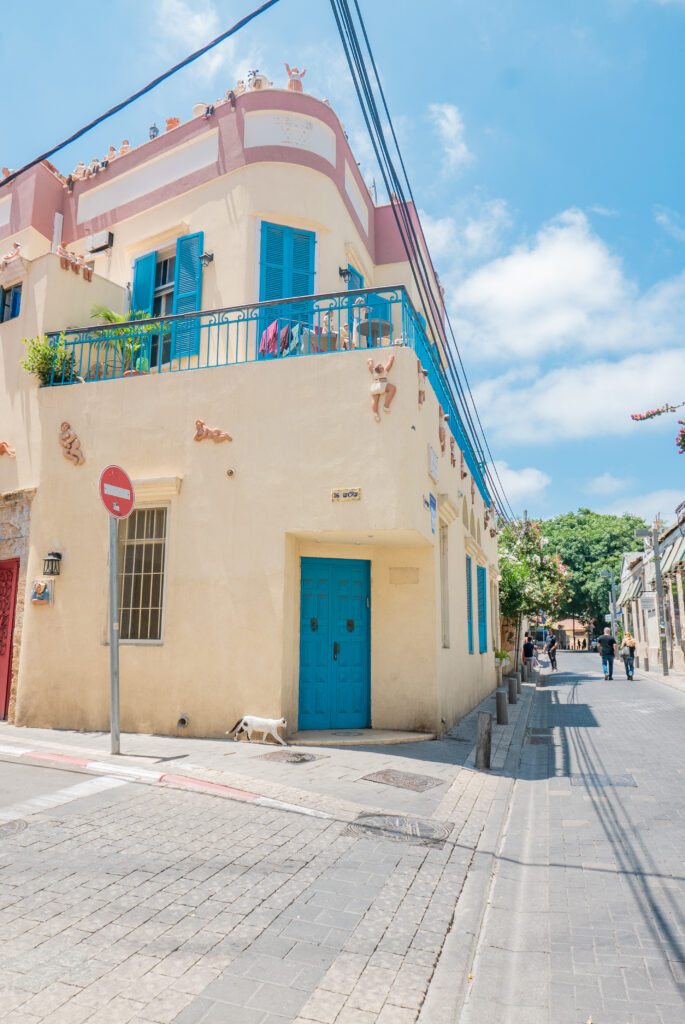
For lunch, we ended up at Suzanna, a cafe smack dab in the middle of the neighborhood. I ordered a small plate of fried cauliflower with a small loaf and sourdough and labneh to dip. Avia chose a bowl of yogurt with granola and honey on the side. Trees blanketed the sky above us, which proved great for the shade but also provided a perch for pigeons to launch fecal attacks on the diners below–including Avia. After escaping the barrage by relocating to a partially shielded table off to the side, we commenced with the eating. The cauliflower were tasty, as most things fried in a vat of oil tends to be. It was a solid meal, nothing to cry home about it. 6.5/10 at best, with points docked for the lack of protection against the bird bowels.
After lunch, our bellies full and Avia’s jeans stained with pigeon manure, we crossed the street and entered an entirely new world: the Susan Dellal Center. Today, the complex is a cultural center that is home to some of Israel’s finest dance troupes: Batsheva and Inbal. It also hosts festivals and competitions. During Neve Tzedek’s infancy, the buildings, which are both still standing, were boy’s and girl’s schools. Prior to the country’s founding in 1948, the area had a slick–an arms cache–and sustained an attack by the underground armed organization, the Irgun. Today, aside from the cultural activities, the center has a calm, tranquil air, its back grassy area dotted with citrus trees.
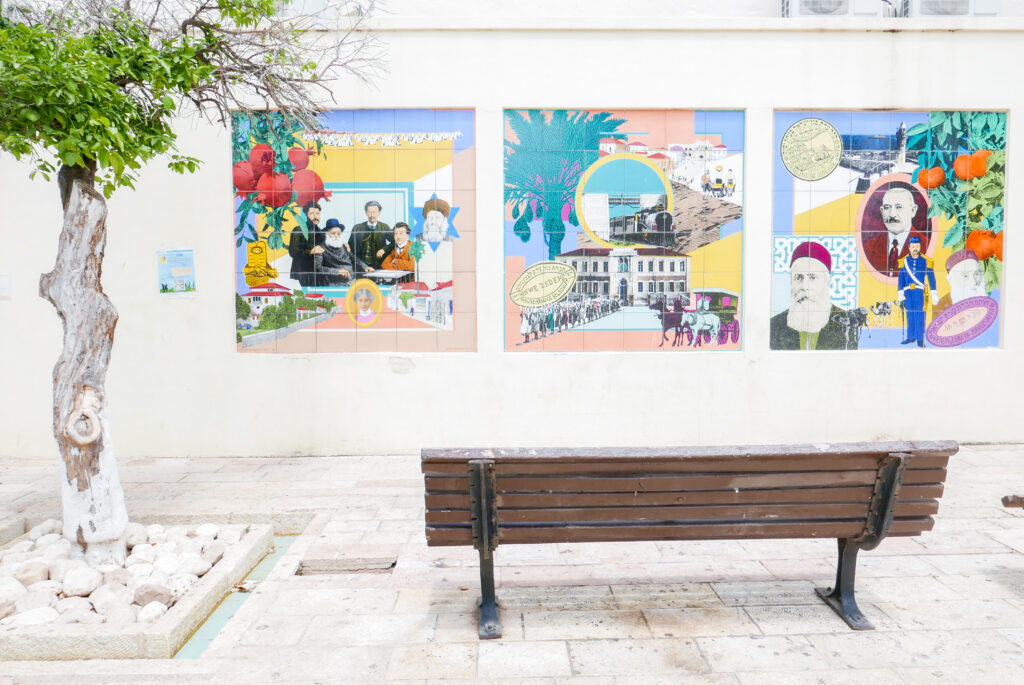
We continued with our journey, winding our way down quiet side streets. The residential buildings in Neve Tzedek are more colorful than the rest of Tel Aviv’s real estate and a bit less wobbly. On a good day, they look more Italian than Israeli, provided you have a fertile imagination. After about a half hour of wandering, we decided we were starving. Well, the blinding sun and lack of cloud coverage made the decision for us, and we headed to Anita, a famed frozen yogurt joint back on Shabazi.
Acai. It’s a word that everyone knows, but few understand. Avia and I are in the majority of ignorant eaters who sure, we know it’s a healthy “superfood,” but what the heck is it?! Turns out it can be used to make an insanely delicious frozen yogurt. It’s deep purple can make a cactus sweat. We filled up a small cup with some of this heavenly manna (a small can feed a family of four at least), and topped it with fruits, dark chocolate nibs, and a healthy dose of milk chocolate sauce, because why not. It was the perfect ending to a perfect day. The pioneers that built this small enclave brick by brick by the sweat of their brows could have certainly used a cup of this chilly treasure. If they could only see what that hard work made blossom: a chic, posh, quaint, cute little gem bursting with art galleries, cafes, and sweet treats to satiate locals and tourists alike. The Abode of Justice, Neve Tzedek.
